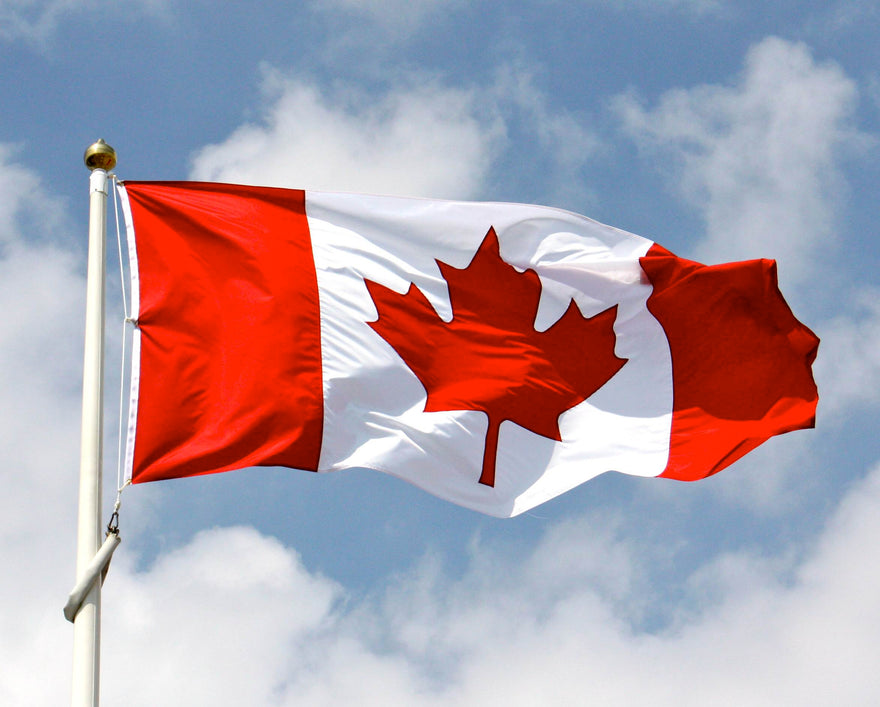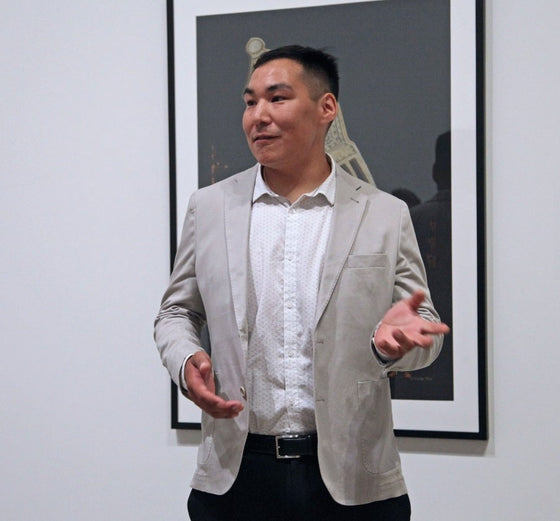Welcome to Made In Canada Gifts
We provide distinctive Canadian made art, jewellery, gifts & décor
Shop online or at our two gift galleries in Canada's capital Ottawa
We ship worldwide and offer FREE SHIPPING on orders over $120 CAD to Canada, or $120 USD to USA
Have a question? Call us at 613-729-6378 and speak with a live human!
Join us in our commitment to supporting Canadian craftsmanship
History of the Canadian Flag

The Canadian flag is one of the most recognizable symbols in Canada, fluttering high above buildings across the nation. But do you know its history?
Before the red and white maple leaf flag was designed, Canada flew the British flag as its heraldry. However, in 1895 Edward M. Chadwick started what would become a decades-long debate when he argued that Canada should have its own flag, featuring the ubiquitous maple leaf. The Canadian Government was interested, but it took until 1925 for a committee to be formed to research possible designs.
It isn't surprising that efforts to design a new flag stalled with the arrival of the Great Depression and World War II, and in 1946 a new committee with a similar mandate was formed to take up the work once more. Despite receiving more than 2'600 designs, Parliament was never called upon to vote on any of them.
All this changed in 1964 when Prime Minister Lester B. Pearson informed the House of Commons that the Canadian government once again wished to adopt a distinctive Canadian flag and stop using the British ensign. By this point, Canada had proven it was its own nation, separate from British sovereignty, and it was time the heraldry reflected the independence of the nation.
Throughout the design process, incorporation of red and white and the maple leaf symbol was a constant. Red and white had been declared Canada's national colours by King George V in 1921, and Canadian Olympic athletes had been wearing maple leaves on a white background since 1904.
In late autumn of 1964, Prime Minister Pearson sent Ken Donovan an urgent message: he wanted to see prototypes of the final three flag designs. He gave Donovan less than 24 hours to deliver the prototypes to his Harrington Lake home.



The final three flag designs. Images from canada.ca
Donovan sprung into action. No physical prototypes had been made, so graphic artists and silk screeners used the sketches to create each piece of the flag. No seamstresses were available on such short notice, so Donovan's young daughter, Joan O'Malley, did the sewing.
The next day the prototypes were delivered to Prime Minister Pearson, exactly as he requested.

After some debate and a great deal of work, the flag design we recognize today was proclaimed by Queen Elizabeth II on January 28th, 1965, and raised for the first time over Parliament Hill on February 15th.
1 Response
Leave a comment
Comments will be approved before showing up.
Also in Tail Slapping Canadian Facts!

What is a Dreamcatcher?
What is a dreamcatcher? Read ahead and learn about Canadian symbolism, tradition, and the significance of a dreamcatcher!

The Rideau Canal: History, Geography, and its significance to Ottawans
For travellers and locals alike, there’s one landmark that truly makes Ottawa what it is, and that is the iconic Rideau Canal.


Eva Cherniavsky
September 07, 2021
I think Joan O’Malley should be given some more credit. She sewed the prototype flags in her father’s office for many hours that winter’s night in November of 1964, after taking a taxi there with her new sewing machine and labour
ed half through the night. She is still alive and well and lives in Ottawa with her husband Brian. Give credit where it’s due!.